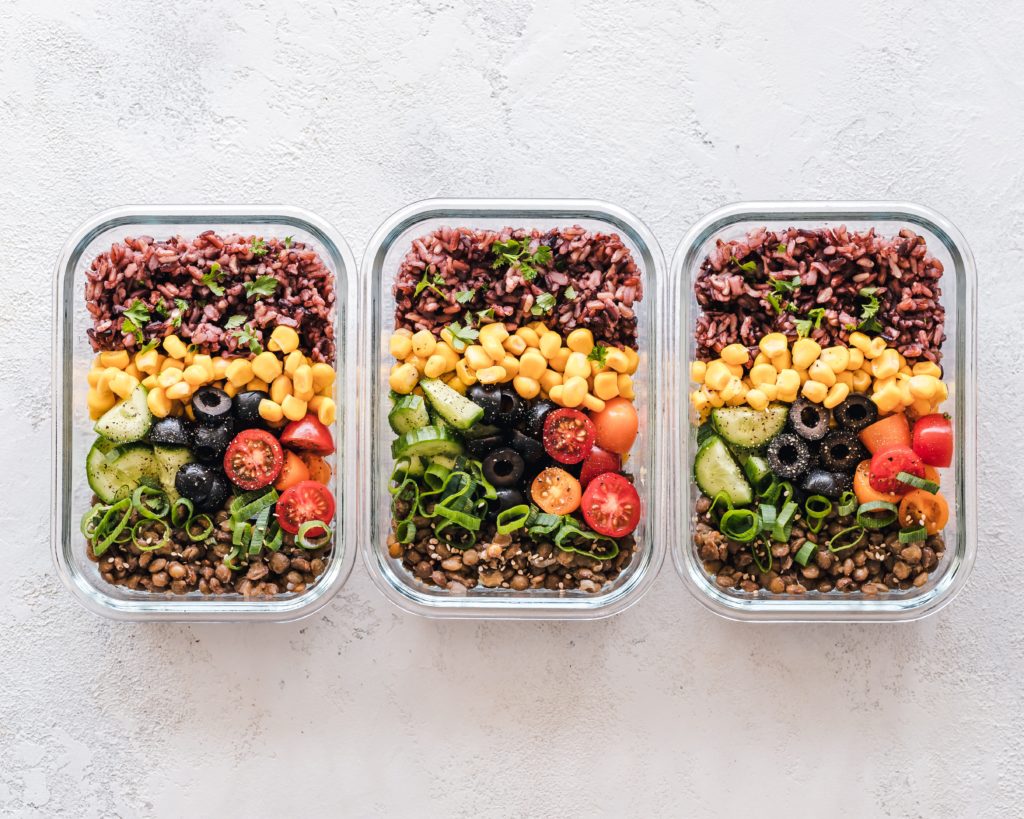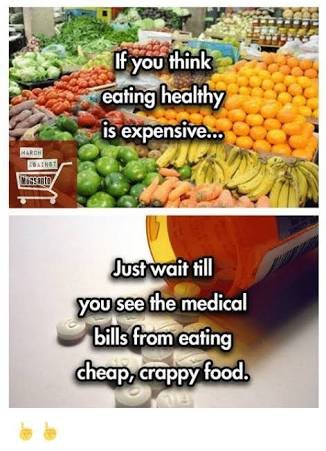
The most popular diet plan in recent times is Whole30. The Whole30 program promotes healthy eating habits, including lean meats and vegetables, as well avoiding sugar and legumes. It reduces carbs and increases fiber. While some dieters may find the plan restrictive, others feel it is beneficial. Regardless of which plan you choose, there are plenty of benefits to the program.
A common myth about diet plans is that they will make you feel miserable. This is false. Many people who have been on a diet report feeling good, having stable moods, and sleeping well. This is a bad sign. Any dietary changes should be reviewed by a physician. Even if you feel healthy, you could develop a medical condition by following a diet.

The TB12 diet is one of the most well-known diet plans. This diet plan promotes high-nutrient food intake. It encourages regular exercise. This diet plan was developed by Tom Brady, an ex-NFL quarterback, as part his exercise routine. The diet plan stresses whole grains, fruits, and vegetables. The diet plan recommends moderate exercise every day. Although a diet plan does not have to prevent you from exercising, it should make you feel better.
Keto, a popular diet program of 10 days, is also available. This plan emphasizes eating healthy and balanced foods. Both plans encourage regular exercise, and should be compatible. The right diet plan will depend on your lifestyle and how many calories are needed to lose weight. It is important to include regular exercise in your healthy eating habits. If you are interested in these tips and others, you could also try a low carb or ketogenic diet. Ketogenic diets are not long-term solutions to weight loss.
The DASH diet plan is another good option for losing weight. The DASH diet plan encourages healthy eating across all food groups and is rich in fiber. It's also great for people who have other health conditions because it helps to reduce inflammation and promotes weightloss. This particular diet plan does not address all people. People with diabetes, hypertension and an eating disorder should consult a doctor before beginning a diet plan.

While most diets are effective, some may not be right. If you want to lose weight, a plan that is focused on your nutritional requirements may be the best option. This type of plan may be less restrictive, but it is still important to keep track of your food intake and avoid over-eating. Important to remember is that not all diets are the best. Different goals will make the best diet plan work for you.
FAQ
How can I determine what is best for my health?
You need to listen to your body. Your body knows what you need when it comes time to eat, exercise, and get enough rest. It's important to pay attention to your body so you don't overdo things. Pay attention to your body, and ensure that you are doing all you can to keep yourself healthy.
What is the best way to live a healthy lifestyle?
You can live a healthier lifestyle if you eat healthy food and exercise regularly. These guidelines will help you live a long, healthy life.
Starting small can make a big difference in your diet, and even your exercise routine. Try walking for 30 minutes each day to lose weight. You can also take up dancing or swimming if you are looking to be more active. You could also join an online fitness program like Fitbit or Strava that tracks your activity levels.
What is the difference in a virus and bacteria?
A virus is a microscopic organism that cannot reproduce outside its host cell. A bacterium can be described as a single-celled organism which reproduces by splitting in two. Viruses are small, around 20 nanometers in size. Bacteria are much larger, at 1 micron.
Viruses spread easily through contact with infected bodily tissues, such as saliva and urine, semen, vaginal secretions or pus. Bacteria is usually spread directly from surfaces or objects contaminated with bacteria.
Viral infections can be transmitted through skin cuts, scrapes and bites. They can also penetrate the skin through the eyes, nose or mouth.
Bacteria can be introduced to our bodies by cuts, scrapes or burns. They may also be introduced into our bodies through food and water as well as soil, dirt, dust, and animals.
Both bacteria and viruses can cause illness. However, viruses cannot reproduce within their hosts. They can only infect living cells and cause illness.
Bacteria can cause illness by multiplying in the body. They can invade other areas of the body. That's why we need antibiotics to kill them.
How do you measure body fat?
The best way to measure body fat is with a Body Fat Analyzer. These devices measure the body fat percentage in people who wish to lose weight.
What is the difference of fat and sugar?
Fat is an important energy source, which comes from food. Sugar is a sweet substance that can be found naturally in fruits or vegetables. Both sugars and fats have the same calories. However, fats contain more than twice as many calories as sugars.
Fats are stored in the body and contribute to obesity. They cause cholesterol buildup which can lead to strokes and heart attacks.
Sugars can be quickly absorbed by your body and give you instant energy. This causes blood glucose to rise. High blood glucose levels can lead to type II diabetes.
Statistics
- WHO recommends consuming less than 5% of total energy intake for additional health benefits. (who.int)
- WHO recommends reducing saturated fats to less than 10% of total energy intake; reducing trans-fats to less than 1% of total energy intake; and replacing both saturated fats and trans-fats to unsaturated fats. (who.int)
- According to the 2020 Dietary Guidelines for Americans, a balanced diet high in fruits and vegetables, lean protein, low-fat dairy and whole grains is needed for optimal energy. (mayoclinichealthsystem.org)
- In both adults and children, the intake of free sugars should be reduced to less than 10% of total energy intake. (who.int)
External Links
How To
What does the "vitamins” word mean?
Vitamins are organic compounds that can be found in foods. Vitamins aid us in absorbing nutrients from the food we eat. The body cannot make vitamins; therefore, they must be obtained from food.
Two types of vitamins exist: water-soluble vitamin and fat-soluble vitamin. Water-soluble vitamins dissolve in water easily. Examples include vitamin C,B1 (thiamine), B2 (riboflavin), B3 (niacin), B6 (pyridoxine), folic acid, biotin, pantothenic acid, and choline. Fat-soluble vitamins are stored in the liver, fatty tissue and kidneys. You can find vitamin D, E K, A, beta carotene, and other fat-soluble vitamins.
Vitamins are classified according their biological activity. There are eight major vitamin groups:
-
A – Essential for normal growth, and the maintenance of good health.
-
C - vital for proper nerve function, and energy production.
-
D - necessary for healthy bones and teeth.
-
E is necessary for good vision, reproduction.
-
K – Required for healthy nerves & muscles.
-
P – vital for building strong bones.
-
Q - Aids in digestion and absorption.
-
R - Required for red blood cell production
The recommended daily allowance (RDA), for vitamins, varies depending upon age, gender, or physical condition. The U.S. Food and Drug Administration has established the RDA values.
For adults over 19, the RDA for vitaminA is 400 micrograms per daily. For fetal development, pregnant women need 600 mg per day. Children ages 1-8 require 900 micrograms per day. For infants younger than one year, 700 micrograms are required daily. However, this number drops to 500 micrograms each day for children aged 9-12 months.
Children aged between 1-18 years require 800 micrograms of sugar per day, while overweight children need 1000 micrograms. Children who are underweight receive 1200 micrograms every day to meet their nutritional requirements.
Children ages 4-8 years who have been diagnosed with anemia need 2200 micrograms per day of vitamin C.
2000 micrograms are required daily for good health in adults over 50. Breastfeeding or pregnant women require 3000 micrograms per daily due to higher nutrient demands.
1500 micrograms are required daily by adults over 70 because they lose approximately 10% of their muscle each decade.
Women who are pregnant or lactating need more than the RDA. Pregnant mothers need 4000 micrograms per daily during pregnancy and 2500 after giving birth. Breastfeeding mothers need 5000 mg per day when breastmilk is being produced.